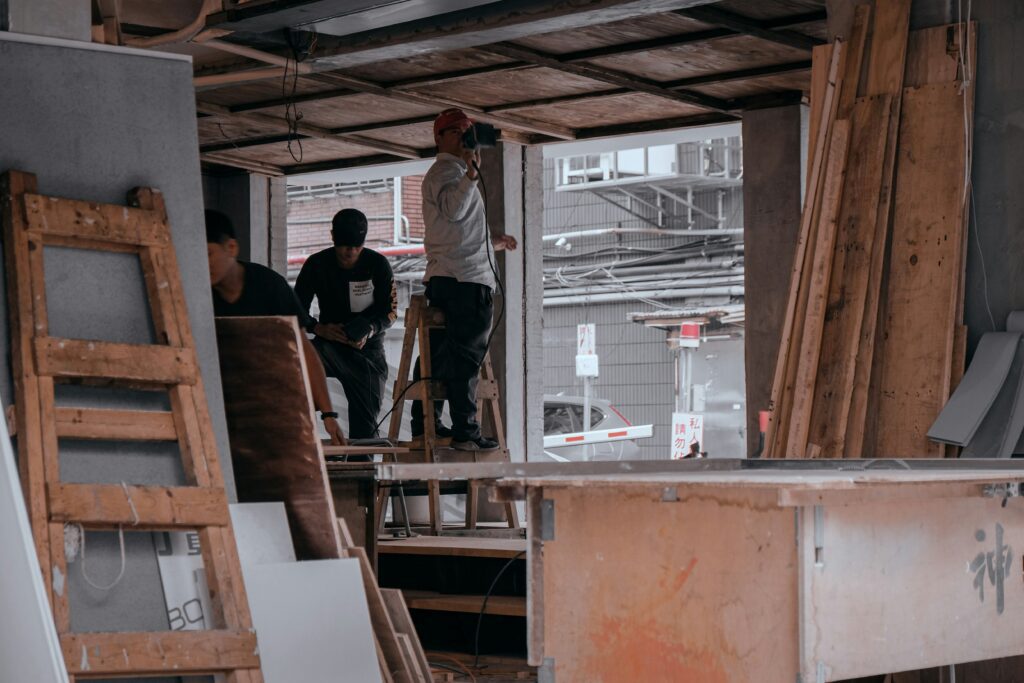The Hidden Dangers of Oxygen Deficiency in Confined Spaces
Oxygen Deficiency: A Deadly Hazard in Confined Spaces
One of the most dangerous hazards in confined spaces is oxygen deficiency. While normal air contains about 20.9% oxygen, a drop below 19.5% is considered unsafe for workers. At oxygen levels of 12% or less, unconsciousness and death can occur within minutes. Oxygen deficiency is insidious because its symptoms may not be immediately obvious, making it one of the most dangerous risks workers face in confined spaces.
Causes of Oxygen Deficiency in Confined Spaces
Oxygen deficiency in confined spaces can be caused by several factors, many of which are not immediately visible or detectable without proper testing:
Gas Displacement – In some confined spaces, gases like nitrogen, carbon dioxide, or argon can displace oxygen. These gases are heavier than air, and when they accumulate in a confined space, they can push oxygen to dangerous levels. This can occur during processes like welding or mixing chemicals in enclosed areas, where gases are used or produced that do not support human respiration.
Oxygen Consumption – Several processes within a confined space consume oxygen. This can include rusting metal, which uses oxygen as it oxidizes, the burning of fuel, or the breakdown of organic matter (such as in sewers or tanks where decay occurs). As these reactions progress, oxygen levels in the confined space decrease, leaving workers at risk.
Chemical Reactions – Certain industrial processes can lead to unexpected drops in oxygen levels. For instance, in confined spaces where chemicals are being used or stored, chemical reactions can absorb oxygen and release other harmful gases. These processes can occur suddenly, without warning, leading to rapid oxygen depletion.
Why It’s Hard to Detect Oxygen Deficiency
The difficulty in detecting oxygen deficiency is one of the reasons it’s such a hazardous condition. Unlike other toxic gases, oxygen deficiency is invisible; you can’t smell, taste, or see it.
Early symptoms of oxygen deficiency, such as dizziness, confusion, or rapid breathing, often appear too late for workers to act. At lower oxygen levels, a worker can lose consciousness quickly and without warning. Since workers may not even realize they are being deprived of oxygen until it’s too late, it’s crucial to understand the risks and take proper precautions before entering confined spaces.
How to Prevent Oxygen-Related Accidents
To ensure worker safety, it’s essential to implement a comprehensive approach to manage oxygen deficiency risks in confined spaces. Here’s how to prevent oxygen-related accidents:
Always Conduct Confined Space Gas Testing Before Entry
Before any work begins, always perform gas testing to assess the oxygen levels and identify any potentially hazardous gases present. This should be done using reliable, calibrated gas detectors that can measure the oxygen concentration as well as detect other dangerous gases such as hydrogen sulfide (H2S) or carbon monoxide (CO).Monitor Air Continuously While Work Is Ongoing
Oxygen levels can fluctuate throughout the course of the work. Therefore, it’s critical to continuously monitor the air inside the confined space during the task. This can be done using portable gas detectors that provide real-time readings, allowing workers to adjust ventilation or evacuate if oxygen levels become too low.Use Personal Protective Equipment (PPE)
In situations where oxygen levels are low or may fluctuate, the use of appropriate PPE is essential. Workers should wear supplied-air respirators or self-contained breathing apparatuses (SCBA) to ensure they have a continuous supply of breathable air. This is especially important in confined spaces where the air quality cannot be guaranteed.Ventilate the Space Thoroughly Before and During Entry
Ventilation is a key measure to ensure the air inside a confined space is safe to breathe. Before entering, ensure the space is thoroughly ventilated to remove any harmful gases and ensure sufficient oxygen. Additionally, if the work is expected to consume oxygen or release gases, continue ventilation throughout the work to maintain safe air quality.
Safety Reminder: Guessing Air Quality Can Cost Lives
A critical safety rule when working in confined spaces is: guessing air quality can cost lives. Workers must never assume the air inside a confined space is safe without performing proper testing. Even if the space looks clear, dangerous gases can be present, or oxygen levels can be dangerously low. Only proper gas testing ensures the space is safe to enter. Always test the air before entry, monitor continuously, and ensure appropriate PPE and ventilation are in place.
Conclusion
Oxygen deficiency is one of the leading causes of fatalities in confined space incidents. By understanding its causes, being aware of the signs and symptoms, and taking proactive steps such as gas testing, continuous air monitoring, and ensuring proper ventilation, workers can protect themselves from this invisible, deadly hazard. Preparation and vigilance are key to ensuring confined space safety and preventing tragic accidents.


